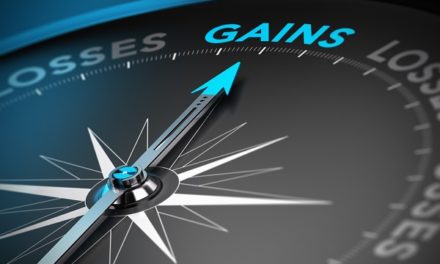
“I buy on the assumption that they could close the market the next day and not reopen it for five years.”
— Warren Buffett
A key lesson we can learn from Warren Buffett, is about how to think about a potential stock investment in the context of a long-term time horizon. Every investor in a stock has a choice: bite our fingernails over the short-term ups and downs that are inevitable with the stock market, or, zero in on stocks we are comfortable to simply buy and hold for the long haul — maybe even a five year holding period. Heck, investors can even choose to completely ignore the stock market’s short-run quotations and instead go into their initial investment planning to hold on for years and years regardless of the fluctuations in price that might occur next.
Today, we examine what would have happened over a five year holding period, had you decided back in 2020 to buy shares of Public Storage (NYSE: PSA) and simply hold through to today.
| Start date: | 01/06/2020 |
|
|||
| End date: | 01/03/2025 | ||||
| Start price/share: | $214.46 | ||||
| End price/share: | $300.45 | ||||
| Starting shares: | 46.63 | ||||
| Ending shares: | 57.54 | ||||
| Dividends reinvested/share: | $61.15 | ||||
| Total return: | 72.88% | ||||
| Average annual return: | 11.58% | ||||
| Starting investment: | $10,000.00 | ||||
| Ending investment: | $17,290.26 | ||||
As we can see, the five year investment result worked out quite well, with an annualized rate of return of 11.58%. This would have turned a $10K investment made 5 years ago into $17,290.26 today (as of 01/03/2025). On a total return basis, that’s a result of 72.88% (something to think about: how might PSA shares perform over the next 5 years?). [These numbers were computed with the Dividend Channel DRIP Returns Calculator.]
Beyond share price change, another component of PSA’s total return these past 5 years has been the payment by Public Storage of $61.15/share in dividends to shareholders. Automatic reinvestment of dividends can be a wonderful way to compound returns, and for the above calculations we presume that dividends are reinvested into additional shares of stock. (For the purpose of these calcuations, the closing price on ex-date is used).
Based upon the most recent annualized dividend rate of 12/share, we calculate that PSA has a current yield of approximately 3.99%. Another interesting datapoint we can examine is ‘yield on cost’ — in other words, we can express the current annualized dividend of 12 against the original $214.46/share purchase price. This works out to a yield on cost of 1.86%.
More investment wisdom to ponder:
“The policy of being too cautious is the greatest risk of all.” — Jawaharlal Nehru




